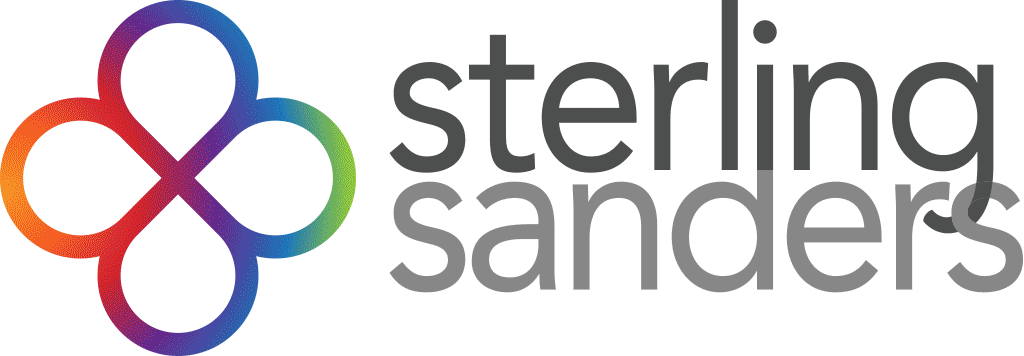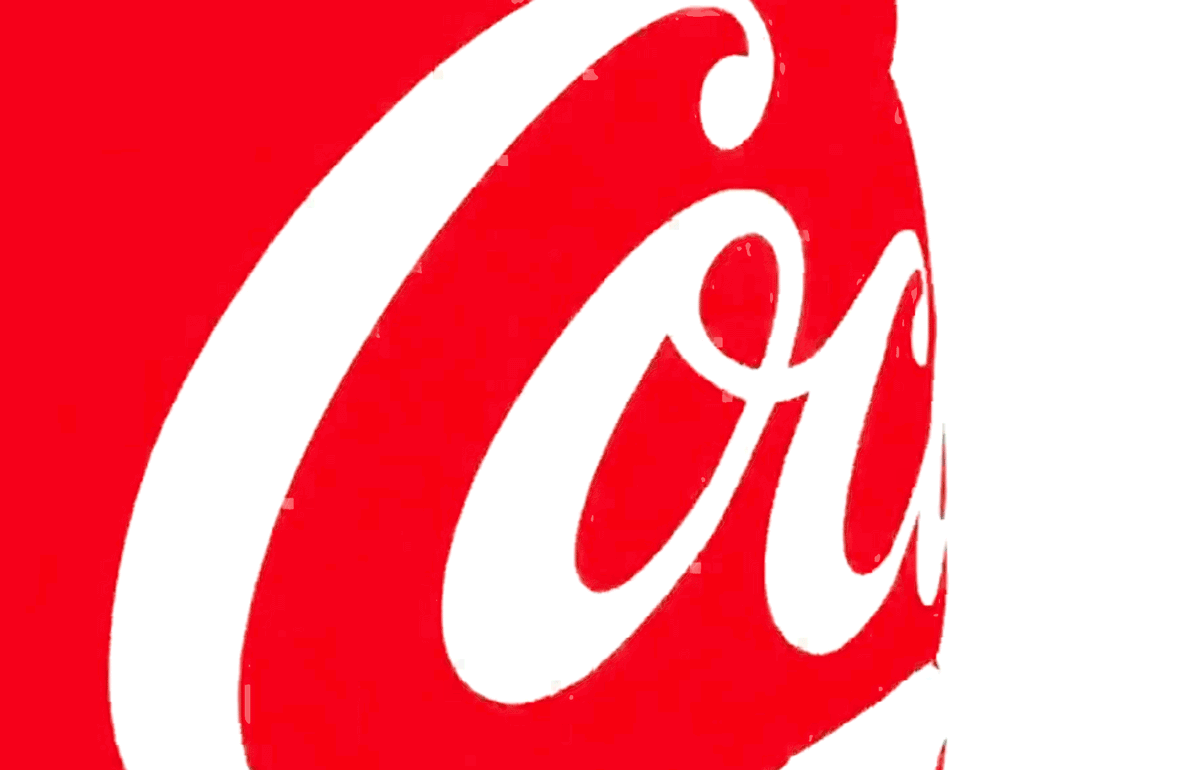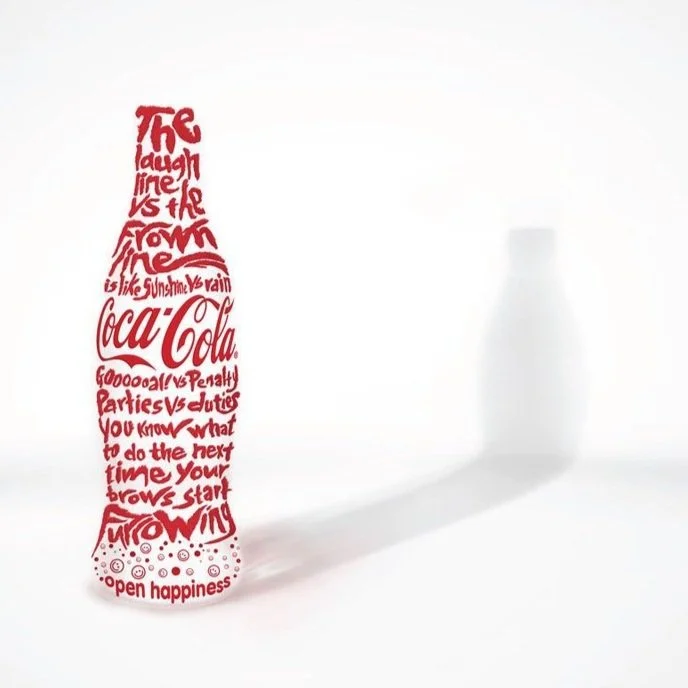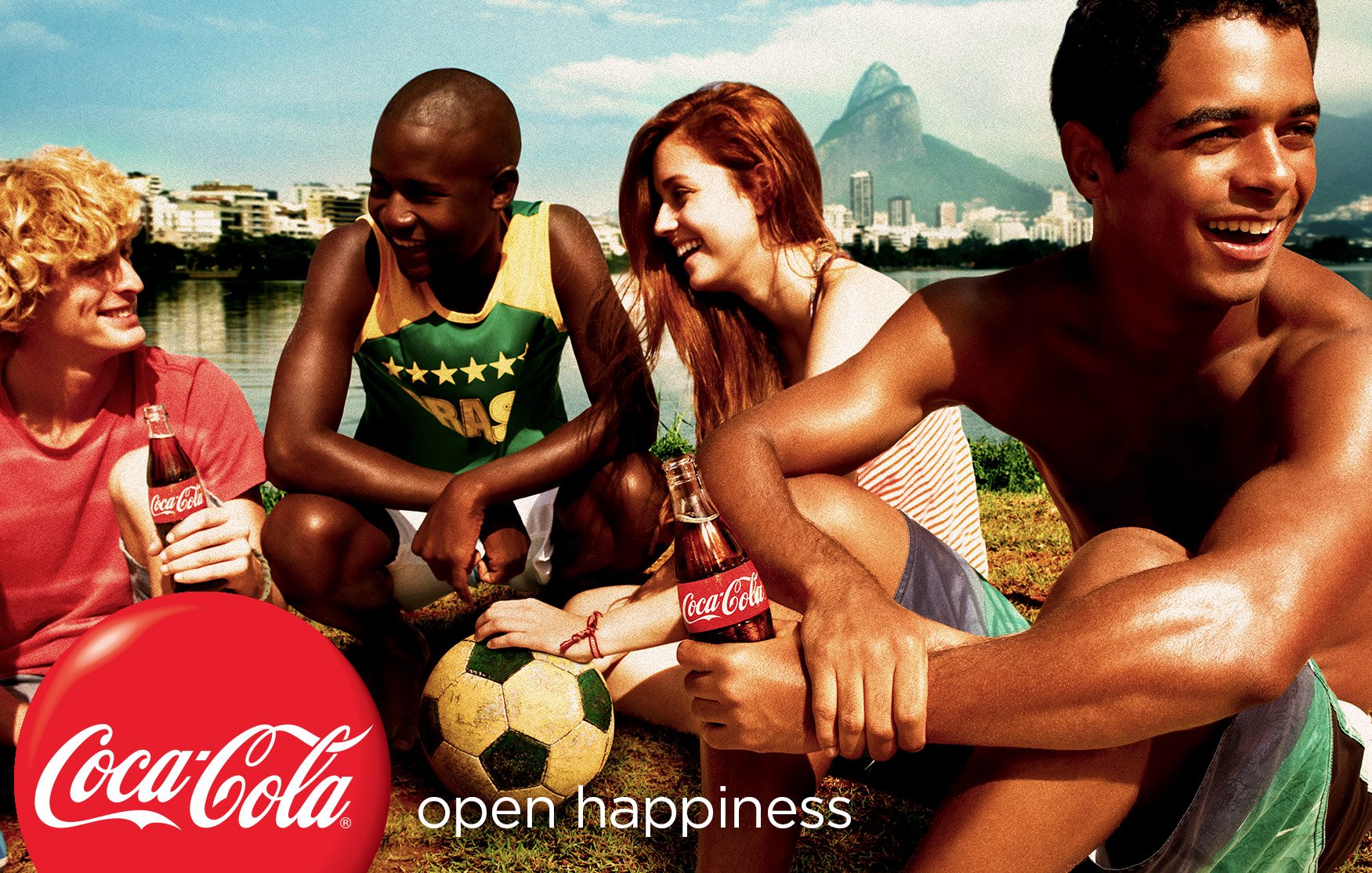Creative Director
// Digital consultant to CMO // Brand Platform Development, Storytelling, Creative, Concepting, Design,
Coca-Cola
// Open Happiness
2009-2014
Responsibilities
Creative concepting, ideation, platform development for Coca-Cola’s 2009—2016 Brand Platform and Marketing Campaign “Open Happiness.” Provided creative ideas for full 360 (Print Ads, Television Commercials, Digital Assets, Social Media, OOH, and Instore) consumer touchpoints across the globe, predominantly focused on digital executions and brand films that spoke the language of Coca-Cola through “Open Happiness,” for consumers.
Context
In early 2008, after pitching an ad agency a really bad idea in Atlanta, I had the virtuous chance of sitting next to a guy named Joe Tripodi on a last minute flight back to Chicago.
He had commented on an art piece I had been working on, and told me “those are the kinds of illustrations that we often like to use in my work.”
I was said “oh yeah, you should hire me then. But this is just what I like to do in with my personal time,” I really run a Digital Advertising consultancy. And that guy, without missing a beat, and glint in his eye, said “You seem like a smart kid, how would you launch, say, a new soda online where people can’t immediately taste or experience it?”
And then we ended up in a 2 hour brainstorm, kicking creative ideas back and forth. Just before we disembarked he said let’s talk next week, I might have some work for you, handed me is card, and walked off the plane. The card said Global CMO, The Coca-Cola Company. While sometimes I wish I’d recognized him sooner, I’m very appreciative I didn’t.
Challenge
Craft it’s next brand platform for Coca-Cola, that could reach across the world, speak to all humans, and touch their hearts.
Between 2006 and 2008, soft-drink sales were slowing down drastically in response to the weekend economy, as were all businesses.
Joe had a brilliant idea, instead of singular year of advertising messaging, he wanted to replace the previous ad slogan “The Coke Side of Life,” with a brand platforms that could spread across executions, across years and represent themes across the world.
This was a big deal, because “The Coke Side of Life” was the most popular advertising Coke had had in 10 years, but Joe wanted to move away from the advertising that spoke most directly about the product, and it’s taste, and move the discussion to the feelings and the memories that Coca-Cola represents and evokes.
Solution
Launch a international brand platform that could hold tentpole the entire Coca-Cola brand that spoke to the hearts, minds, spirits and memories of anyone who had ever opened a Coca-Cola.
Almost as if we were creating a call back to Coca-Cola’s 1971 Ad “I’d like to buy the world a coke,” we started by talking about traditional media, however, I was really focused on getting the creative team to use digital platforms to spread the message as well, breaking from their norm.
As it happened in 2009, Digital was only considered a distance leg of the brand executions that happened on TV. Digital was always a down the stream consideration, but I fought tooth and nail for it.
Even with all of those discussions, the brand platform launched on TV with American Idol, which surprisingly, was a technology enabled show, that encouraged interactivity with the audience at home through texting votes.
When I then postulated how a TV show could employ technology to more directly connect it’s experience to the watchers at home, when a huge brand like coke couldn’t or was unwilling, it finally started clicking. So we ended up altering the strategy to work on short films that would represent openness and happiness in the world. Thus “Open Happiness.”
Open Happiness
Impact
For Coca-Cola, the total worldwide unit case volume was increased by 4% on a five-year compound annual growth rate from 2010—2015, with 89 cokes consumed per person across the world. From 2007 to 2015, the portfolio grew by adding ten new $1 billion brands. Coca-Colawas ranked as the leading brand in the world with a brand value increase from $124B to $188B by 2016, the end of the “Open Happiness,” campaign. To this day Coca Cola maintains it’s place as one of the largest brands in the world.
executions
Coca-Cola's "Open Happiness" campaign used storytelling to convey the brand as a source of happiness and positive experiences. By connecting with consumers on an emotional level and using relatable narratives, the campaign reinforced the brand's image and contributed to its long-term success. Storytelling was instrumental in making Coca-Cola more than just a beverage—it became a symbol of joy, togetherness, and, as the campaign suggested, the key to "Open Happiness."
Narrative Approach: "Open Happiness" used storytelling to create a narrative around the brand. The commercials often featured heart-warming, feel-good stories that revolved around sharing moments of happiness and joy. These stories resonated with the audience and reinforced the idea that Coca-Cola was not just a beverage but a facilitator of special moments.
Emotional Connection: The storytelling in the campaign was designed to evoke a range of emotions, including happiness, nostalgia, and a sense of togetherness. By associating the brand with these positive emotions, Coca-Cola aimed to establish a strong emotional connection with its consumers.
Universal Themes: The campaign's storytelling often focused on universal themes such as friendship, love, and community. These themes made the campaign relatable to a broad and diverse audience, emphasizing that happiness was something everyone could experience with a Coca-Cola.
A world of Small Machines
I ended up closing my consultancy, and working with Leo Burnett and Starcom. A few years later, Joe called me up, and asked since I technically worked for one of his agencies now, would I like to work on something bigger, and like always I said of course.
So then we got started on developing ideas for global content series that would live only on digital platforms as creative pieces, finding ways to express the ideals that Coke represents, espouses and wants to see in the world.
One such opportunity was in India, where they wanted to open up the discussion of peace. And much like the hatfields and the mccoys, India and Pakistan, while actually brothers and sisters are globally considered eneimies, the simple idea was, what if we could connect them to remind them that they are actually family, and use that as a trojan horse for opening the discussion.
So we got on the phone with Leo Burnett and they began discussing a potential execution. And this was the result. Leo Burnett and the super group ended up creating a Coke Vending machines equipped with full body, wide angle web cameras, that allowed users to interact with each other and acted as a communications portal and encourage joyous happy interactions with their counter parts and neighbors. We placed them in Malls in Lahore Pakistan and The other in New Delhi, India.
And so they created and experience that encouraged people to connect, through interactivity and gameplay, where if they succeeded they received a coke.
The response resulted in incredible smiles, laughter, and cheers when others saw what was going on. People started dancing in front of the camera, and finding lots of ways show their appreciation and communicate. Most importantly, this execution allowed neighbors to realize each others humanity, and connect for the first time in decades.
The idea was that we’d bring the execution around the world, but that never quite happened.







